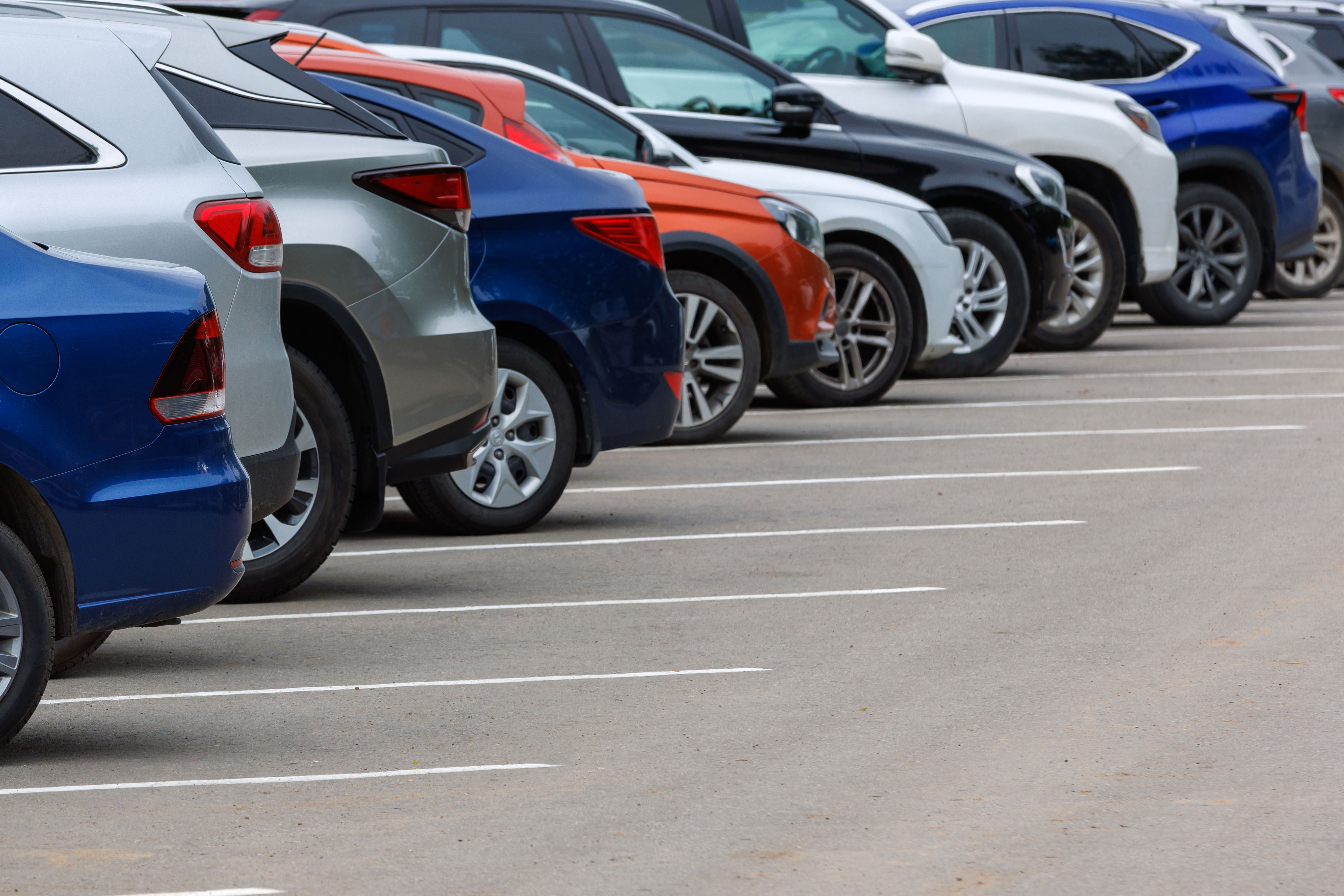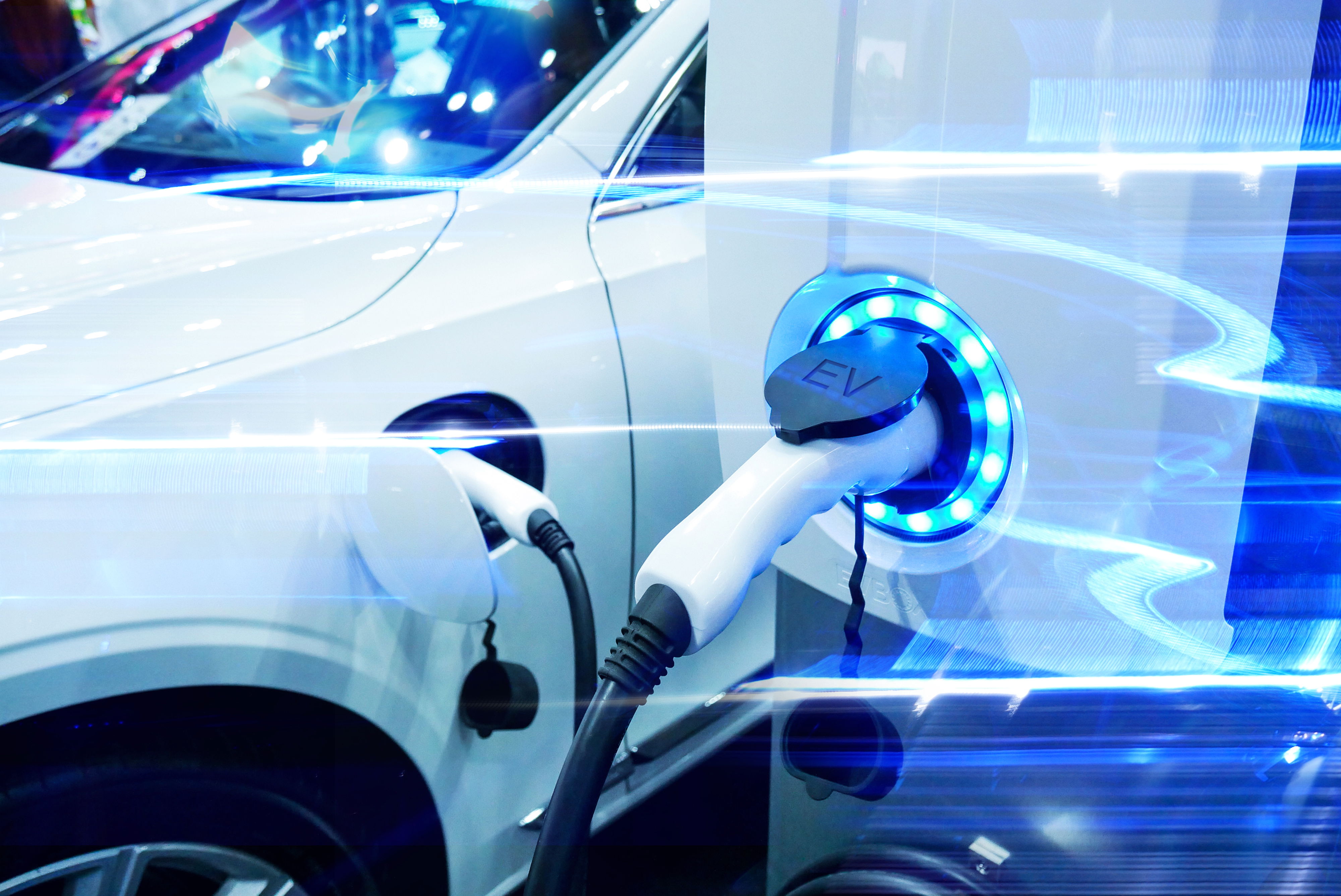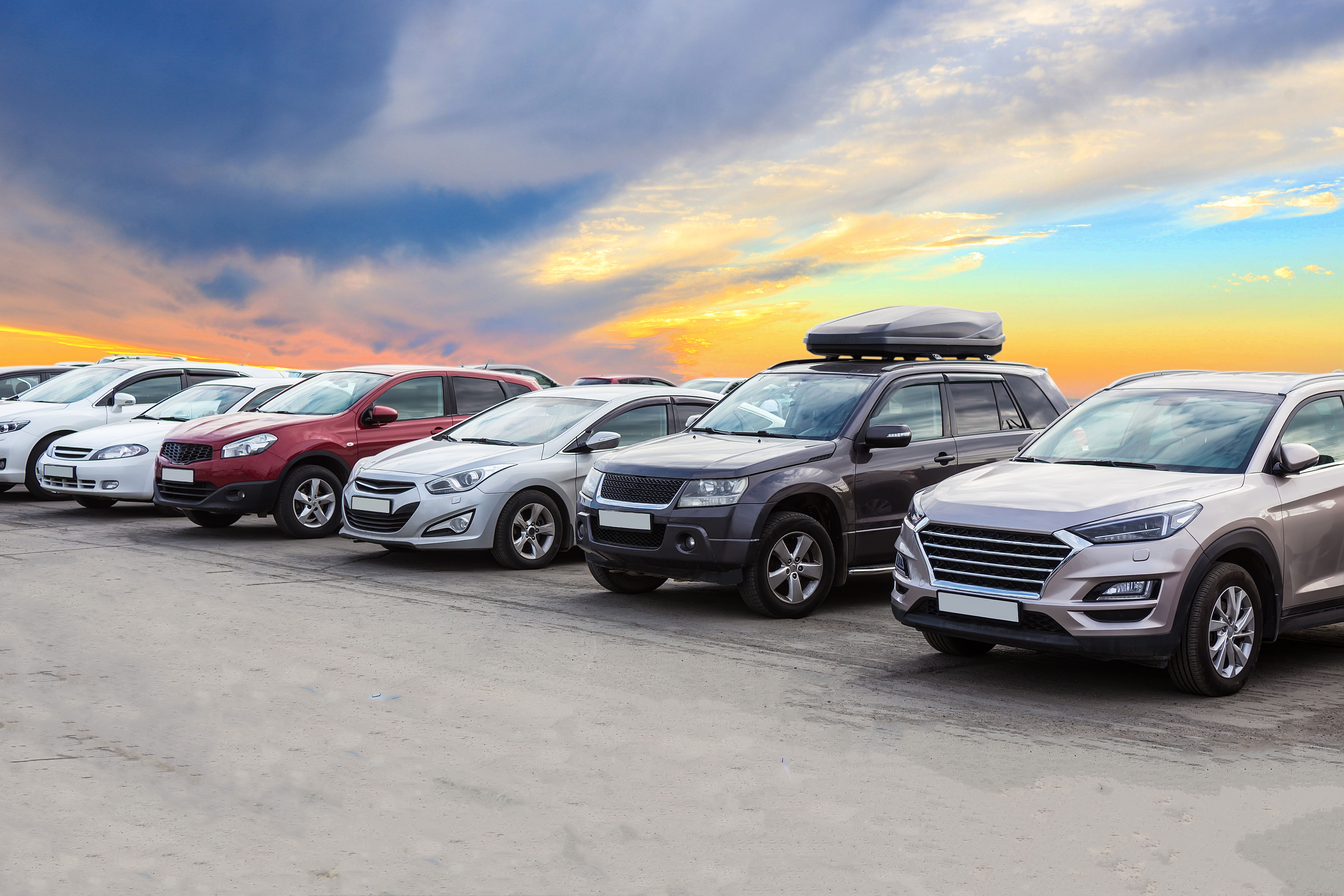The future of car prices is a topic of interest for many. Whether you're a potential buyer, an auto enthusiast, or a financial analyst, the question remains: will car prices drop in 2025?
This article aims to shed light on this query. We'll delve into the factors that could influence car prices in the coming years.
We'll examine historical trends and economic indicators. We'll also consider expert predictions and the impact of new technologies.
The comparison between 2024 and 2025 car prices will be a focal point. We'll also explore the potential differences between new and used car prices in 2025.
Finally, we'll offer advice on whether it's better to buy a car now or wait until later into 2025. It’s never too early to pry into the future of car prices.
See also:
Here Are 10 Of The Fastest Sports Cars Under $10K
Understanding the Current Car Market

Photo Credit: Getty.
The car market today is influenced by several factors. Recent supply chain issues have significantly impacted production rates, affecting availability and pricing. Consumer demand has shifted as well.
There's a growing interest in electric vehicles (EVs), fueled by not just environmental concerns and fuel costs but incredible leaps in electric technology.
In 2025, the car market is stabilizing with new car prices slowly decreasing due to increased incentives and falling interest rates. Electric vehicle adoption continues to grow steadily, though affordability remains a challenge.
Global sales are projected to reach 89.6 million units, reflecting cautious recovery growth.
Additionally, global events, like pandemics and regional conflicts, disrupted economies. This has resulted in changes to car buying patterns and preferences. Interest rates are another crucial factor.
They affect financing costs and, consequently, the overall affordability of cars. Understanding these elements is essential. It sets the stage for predicting whether car prices will drop in 2025.
Historical Trends and Future Projections

Photo Credit: Getty.
Examining past trends gives us insight into future car prices. Historically, economic conditions and consumer demand have shaped car markets significantly. Since the 2008 recession, car prices have generally increased.
Inflation and production costs have played major roles in this rise.
By 2030, the car market is expected to see increased electric vehicle adoption, driven by improved battery technology and charging infrastructure.
Car prices will gradually decrease as EV production scales up and technology advances. However, prices are likely to remain higher than pre-pandemic levels in the foreseeable future due to ongoing demand and material costs.
Incentives and improved financing options will also play a role in affordability. However, there are cycles where prices stabilize or drop. These often coincide with increased competition or economic downturns.
Future projections involve several factors. Industry experts often consider technological advancements and economic forecasts in their assessments. Here's a look at some critical factors:
- Economic growth and inflation rates.
- Technological advancements, especially in EVs.
- Consumer demand shifts, including interest in sustainability.
Supply chain stability is another important area. The ongoing chip shortage highlights the impact of such disruptions. Summarily, various elements will influence 2025 prices.
Understanding these can help consumers make informed decisions.
Economic Indicators and Their Impact on Car Prices

Photo Credit: Getty.
Economic indicators play a crucial role in determining car prices. Inflation affects material and production costs, impacting overall vehicle pricing. Interest rates directly influence car loans.
Higher rates mean increased borrowing costs, which can dampen consumer demand. GDP growth can indicate consumer confidence.
A growing economy typically boosts car purchases, while stagnation can have the opposite effect. Employment rates are also significant. When more people are employed, there's often more disposable income for big purchases like cars.
Lastly, currency fluctuations can affect import and export costs. This, in turn, influences the pricing strategies of international car companies.
Expert Predictions for 2025 Car Prices

Photo Credit: Getty.
Experts predict new car prices will gradually decrease by 3-5% by late 2025 due to rising incentives and falling interest rates. However, prices will remain higher than pre-pandemic levels due to ongoing demand and material costs.
Many experts see mixed signals on future car prices, with some projecting modest price reductions by 2025. A key factor is the anticipated stabilization in supply chains. As manufacturing setbacks resolve, production costs might decrease.
Additionally, the rise of electric vehicles could alter pricing structures. EVs are expected to become more affordable as technology improves and production scales up.
Inflation is another consideration for analysts. Should it ease, car prices could stabilize or even drop.
There is also speculation about increased competition among manufacturers. This might lead to more aggressive pricing strategies to attract consumers.
New vs. Used Car Prices in 2025

Photo Credit: Getty.
The dynamics of new and used car markets differ significantly. In 2025, this distinction is likely to persist.
While new car prices are gradually decreasing due to increased incentives and falling interest rates, used car prices are stabilizing after years of volatility. However, the price of used cars remains higher than before the pandemic due to reduced supply.
New car prices might experience slight downturns. Manufacturing improvements could reduce production costs.
Conversely, used car prices could remain more stable. If new cars become less expensive, it may also affect the resale market. Factors such as mileage and condition still heavily influence used car pricing.
However, vehicle history and maintenance records remain crucial. Rental companies replenishing fleets may flood the market with used vehicles, potentially influencing pricing trends in 2025.
See also:
How Fleet Dumping Could Crash The Price Of Used EVs, According To Industry Experts
2024 vs 2025 Car Prices: What to Expect

Photo Credit: Getty.
Comparing 2024 and 2025 car prices requires careful analysis. Economic conditions will play a pivotal role. Industry experts predict noticeable differences between these years. Factors like inflation and supply chain recovery are vital.
In 2024, prices remained elevated due to ongoing global challenges. 2025 might bring more stability and lower prices. The semiconductor shortage in 2024 may ease by 2025, benefiting car production.
Enhanced supply chains can reduce costs. Consumers should expect more competitive pricing in 2025. Increased manufacturer output and economic adjustments are contributing factors.
The Role of Technology and Electric Vehicles

Photo Credit: Getty.
Technology shapes car pricing significantly. Electric vehicles (EVs) are becoming mainstream, altering market dynamics.
EVs' production costs decline as technology advances. This trend may lead to more affordable new car prices in 2025. Battery improvements are crucial for cost reduction.
As efficiency enhances, overall vehicle prices may drop. Autonomous driving technology affects car valuation. Although still emerging, it holds promise for pricing changes.
Additionally, tech innovations often lead to features once considered luxury becoming standard. Consequently, this may influence future pricing structures positively.
Government Policies and Their Influence on Car Prices

Photo Credit: Getty.
Government policies play a crucial role in car pricing. Regulations can drive significant shifts in the automotive market. Subsidies for electric vehicles make them more attractive.
These incentives can lower consumer costs. Trade policies also impact car prices. Tariffs can increase manufacturing expenses, affecting final prices.
Environmental regulations push manufacturers towards greener technologies. Compliance costs can impact vehicle pricing.
Lastly, fuel economy standards can lead to innovation. This can affect both production costs and consumer prices.
Should You Buy a Car Now or Wait Until Later In 2025?

Photo Credit: Getty.
Deciding whether to buy a car now or wait is tricky. Market trends can guide us in making informed choices. Current economic conditions play a role.
Interest rates and inflation affect car affordability and financing options. Consider potential price drops in 2025. Waiting might yield savings, but only if prices decline.
Think about the latest technology and features. New models often include advancements that enhance value.
Ultimately, it's a personal decision based on need and budget. Weigh the benefits of current offers against future possibilities.
Making an Informed Decision

Photo Credit: Getty.
Understanding car price trends is crucial for buyers. Analyze market data and expert predictions to make wise choices. Consider your personal circumstances. Immediate need versus potential savings in 2025 should guide your decision. Be aware of economic factors like interest rates.
These can affect your buying power significantly. Factor in advancements in technology. New features can influence long-term value and satisfaction. Ultimately, balance market insights with personal preferences. This approach will help ensure a fulfilling and financially sound car purchase decision.